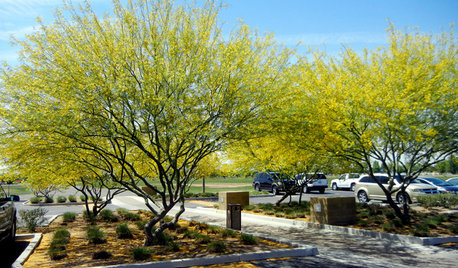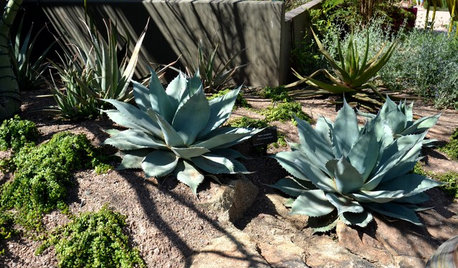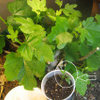Grew thorns from seed of grafted calamondin
johnorange
10 years ago
Related Stories

TREESGreat Design Plant: Desert Museum Palo Verde Offers a Colorful Canopy
Rising above others with its long bloom time, artful vase shape and lack of thorns, this tree is great for casting filtered shade
Full Story
TREES11 Japanese Maples for Breathtaking Color and Form
With such a wide range to choose from, there’s a beautiful Japanese maple to suit almost any setting
Full Story
FARM YOUR YARDIf You Have Room for Only One Fruit Tree ...
Juice up a small garden with one of these easier-care or worth-the-effort fruit trees for a mild climate
Full Story
GARDENING GUIDESGarden-Friendly Native Alternatives to Overplanted Exotics
There are lots of gorgeous, wildlife-friendly native plants ready to make an appearance in your garden
Full Story
GARDENING FOR BIRDSWhat to Know About Birds Nesting in Your Yard
Learn how to observe, record data and help ornithologists with NestWatch’s citizen science project understand bird trends
Full Story
GARDENING GUIDESGreat Design Plant: Agave Ovatifolia
Whale’s tongue agave adds striking beauty to the drought-tolerant landscape with its uniquely shaped leaves
Full Story
EDIBLE GARDENSWhy Grow Quince? For Beauty, Fragrance and Old-Time Flavor
Delightfully perfumed fruit and lovely spring blossoms make this apple and pear cousin worth a spot in the garden
Full Story
LANDSCAPE DESIGNGreat Design Plant: Retreat to the Shade of Hardy Catalpa
Big foliage and a towering height provide a shady respite in summer, but that's not all hardy catalpa offers dedicated gardeners
Full Story
GARDENING GUIDES13 Risks to Take for True Garden Rewards
Go ahead, be a rebel. Breaking rules in the garden can lead to more happiness, creativity and connection with the earth
Full Story
FARM YOUR YARDIf You Have Room for Only One Summer Crop ...
Get an edible that’s long on flavor even if you’re short on space, with a long-time gardener’s favorite picks
Full Story






johnmerr
johnorangeOriginal Author
Related Professionals
Belmont Landscape Architects & Landscape Designers · Ferndale Landscape Architects & Landscape Designers · Mitchellville Landscape Architects & Landscape Designers · Richmond Heights Landscape Architects & Landscape Designers · Chattanooga Landscape Contractors · Chelmsford Landscape Contractors · Damascus Landscape Contractors · Fairview Landscape Contractors · Fuquay-Varina Landscape Contractors · Harrisburg Landscape Contractors · Mahwah Landscape Contractors · Petaluma Landscape Contractors · Plainview Landscape Contractors · West Coon Rapids Landscape Contractors · Wheat Ridge Landscape ContractorsDave in NoVA • N. Virginia • zone 7A
hoosierquilt USDA 10A Sunset 23 Vista CA
poncirusguy6b452xx
johnorangeOriginal Author
hoosierquilt USDA 10A Sunset 23 Vista CA
johnmerr
johnorangeOriginal Author